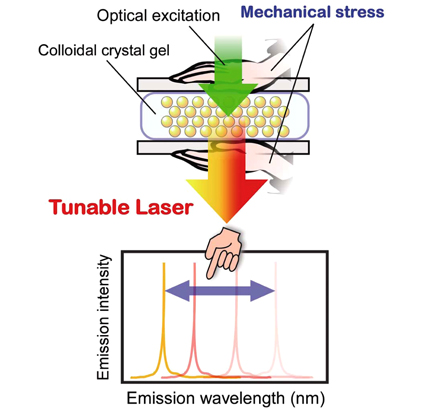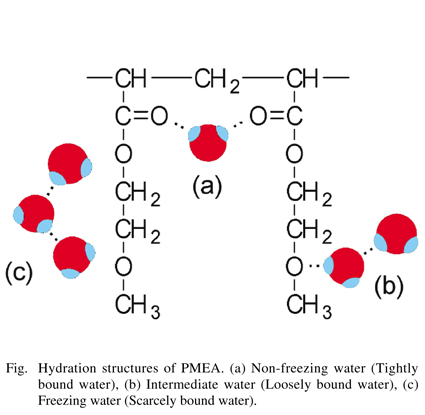Hot Topics
Vol. 61, No. 6, June (2012)
|
Nanomatrix Structure and Properties of Natural Rubber
Seiichi KAWAHARA Nagaoka University of Technology |
||
|
|
Swollen Structure of Block Copolymers in Supercritical Fluid
Hideaki YOKOYAMA Department of Advanced Materials Science, Graduate School of Frontier Sciences, The University of Tokyo |
||
|
|
Development of Gelators and their Applications
Kenji HANABUSA Graduate School of Science and Technology, Shinshu University |
||
|
|
Improvement of the Application Force of Metal Nanoparticles by Using Polymers
Tetsu YONEZAWA Division of Materials Science and Engineering, Faculty of Engineering, Hokkaido University |
||
|
|
Widely Tunable Laser Action from a Colloidal Crystal Gel Film with an Ionic Liquid
Seiichi FURUMI National Institute for Materials Science (NIMS) and PRESTO, Japan Science and Technology Agency (JST) |
||
|
|
The Roles of Water Molecules in the Biointerface and Application of Medical Polymers
Masaru TANAKA1, Tomohiro HAYASHI2, and Shigeaki MORITA3 1Graduate School of Science and Engineering, Yamagata University 2Interdisciplinary Graduate School of Science and Engineering, Tokyo Institute of Technology 33EcoTopia Science Institute, Nagoya University |
||
|





